Calf Strain
Calf Strain
A calf strain is a common injury that can occur when the muscles and tendons in the calf are overstretched. This guide will help you understand what a calf strain is, what causes it, how to treat it, and when to see a doctor.
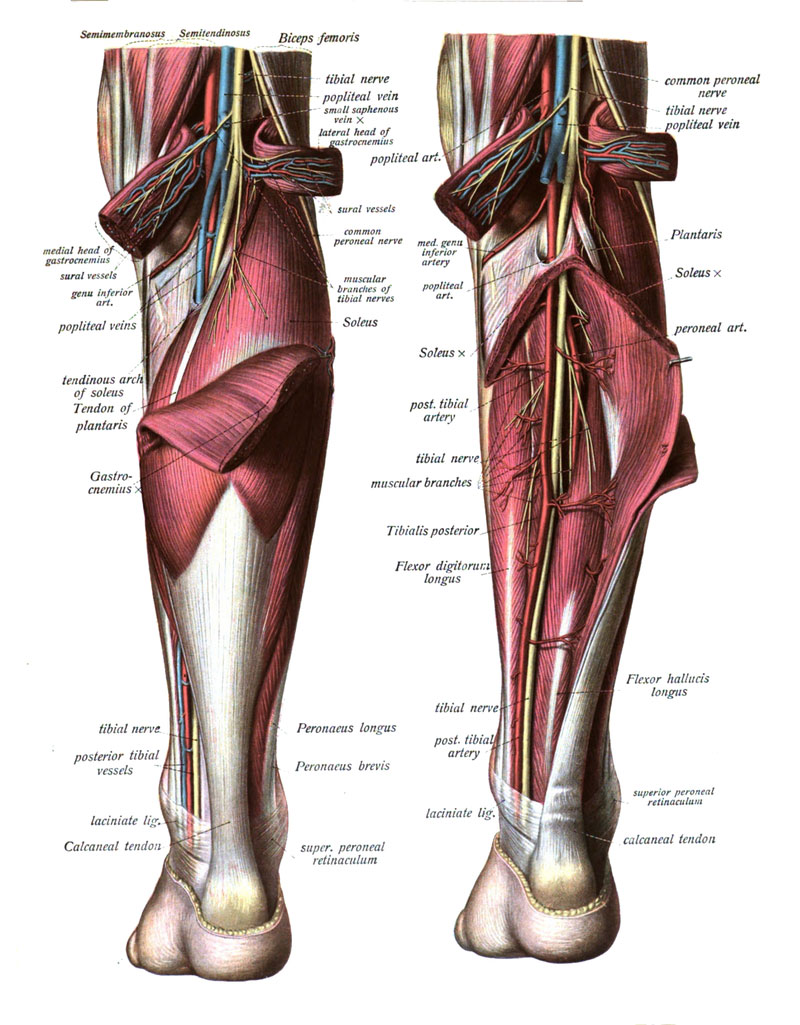
Calf strain: An Overview
A calf strain is a tear or rupture of the muscles in the back of the lower leg. The calf muscle group consists of the gastrocnemius and soleus muscles, which attach to the Achilles tendon. These muscles are responsible for plantar flexing (pointing) the foot and ankle. Calf muscle strains can occur suddenly due to a forceful contraction of the muscle group, or it can develop over time due to repetitive stress on the muscles (often seen in athletes who participate in running or jumping sports).

Types of Calf Strains
There are three main types of calf strains:
Grade 1: A mild strain that causes some discomfort and minor pain. The muscle may feel slightly tender to the touch.
Grade 2: A moderate strain that causes significant pain and tenderness. There may also be some swelling.
Grade 3: A severe strain that causes extreme pain and tenderness. There is usually significant swelling and bruising. The muscle may even feel like it is tearing or rupturing.
Symptoms of Calf Strains
The most common symptom of a calf strain is sudden, sharp pain in the back of the lower leg, often during physical activity. You may also feel a popping or snapping sensation at the time of injury. Other symptoms of calf muscle strain injuries may include:
-Swelling and bruising in the back of the lower leg
-Difficulty walking or bearing weight on the affected leg
-Tenderness when touching or palpating the calf muscle
-A range of motion that is significantly reduced
If you have any of these symptoms, it's important to see a doctor or other healthcare provider right away. They can diagnose the extent of your injury and recommend the best treatment options.
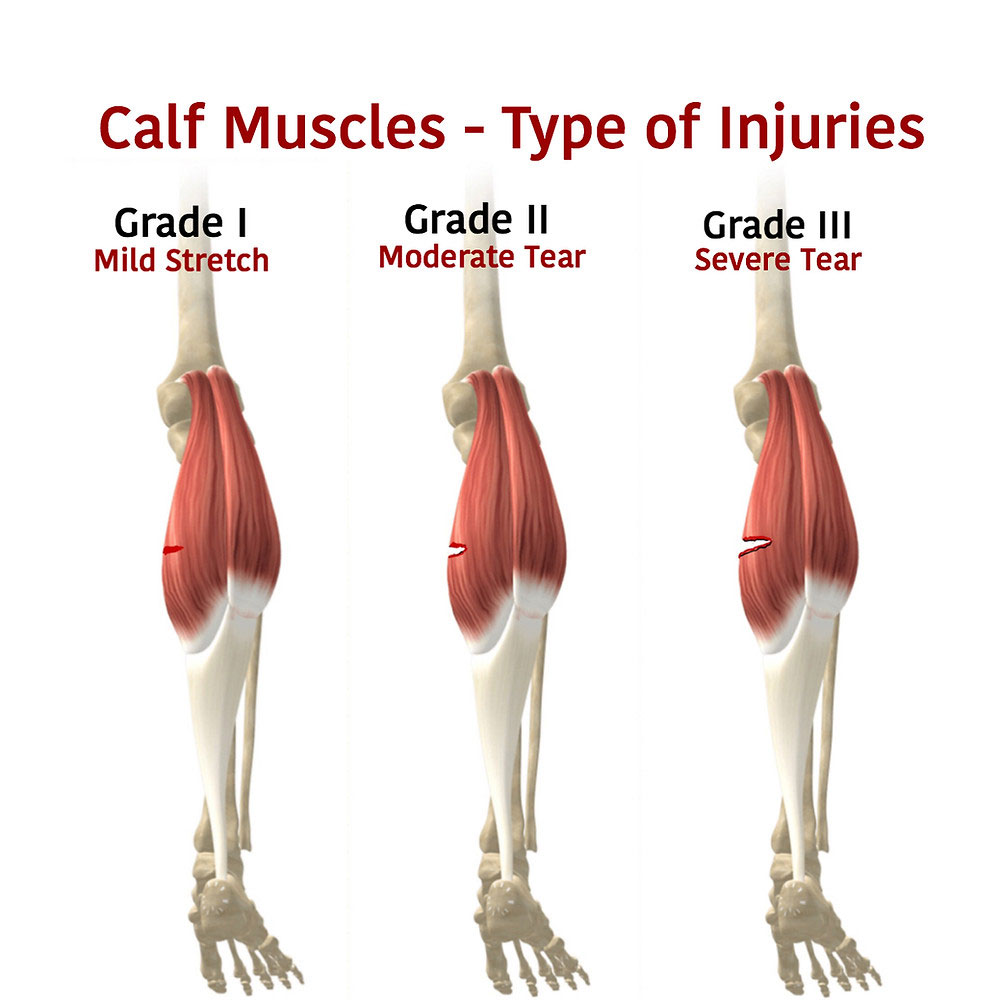
Diagnosis of Calf Muscle Strain
To diagnose a calf strain, your doctor will ask about your symptoms and medical history. He or she will also conduct a physical examination of your leg.
The examination may include checking for tenderness, swelling, bruising, and range of motion in your calf. Your doctor may also order imaging tests, such as an MRI, to confirm the diagnosis.
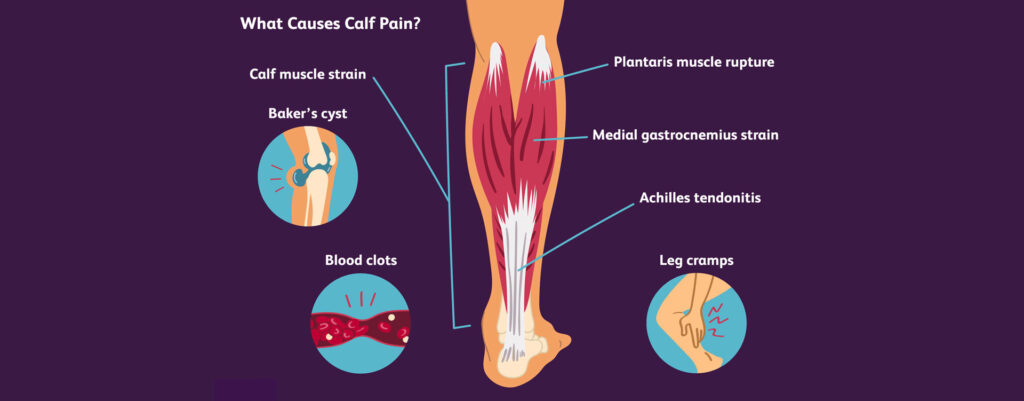
Treatment for a Injured Calf Muscles
There are multiple ways that you can treat a calf strain.
RICE
One way is to use the RICE method, which stands for Rest, Ice, Compression, and Elevation. This involves taking a break from any activity that may have caused the pulled calf muscle, applying ice to reduce swelling, using compression bandages to support the area, and elevating the leg when possible.
Heat Therapy
Another way to treat a calf strain is to use heat therapy, which can help to increase blood flow and reduce pain and stiffness. Heat therapy can be done using a heat pack, warm baths or showers, or infrared light therapy.
Exercises
Stretching and strengthening exercises may also be recommended as part of the treatment plan. These exercises can help to improve flexibility and range of motion in the affected area.
In some cases, corticosteroid injections or surgery may be necessary to treat a calf strain. However, these options are typically only considered if other treatments have been unsuccessful.
If you think you may have a calf strain, it is important to see a doctor or other medical professional for an accurate diagnosis and treatment plan. Untreated calf strains can lead to chronic pain and weakness in the affected area.
If you think you may have a calf strain, it is important to see a doctor or other medical professional for an accurate diagnosis and treatment plan. Untreated calf strains can lead to chronic pain and weakness in the affected area.
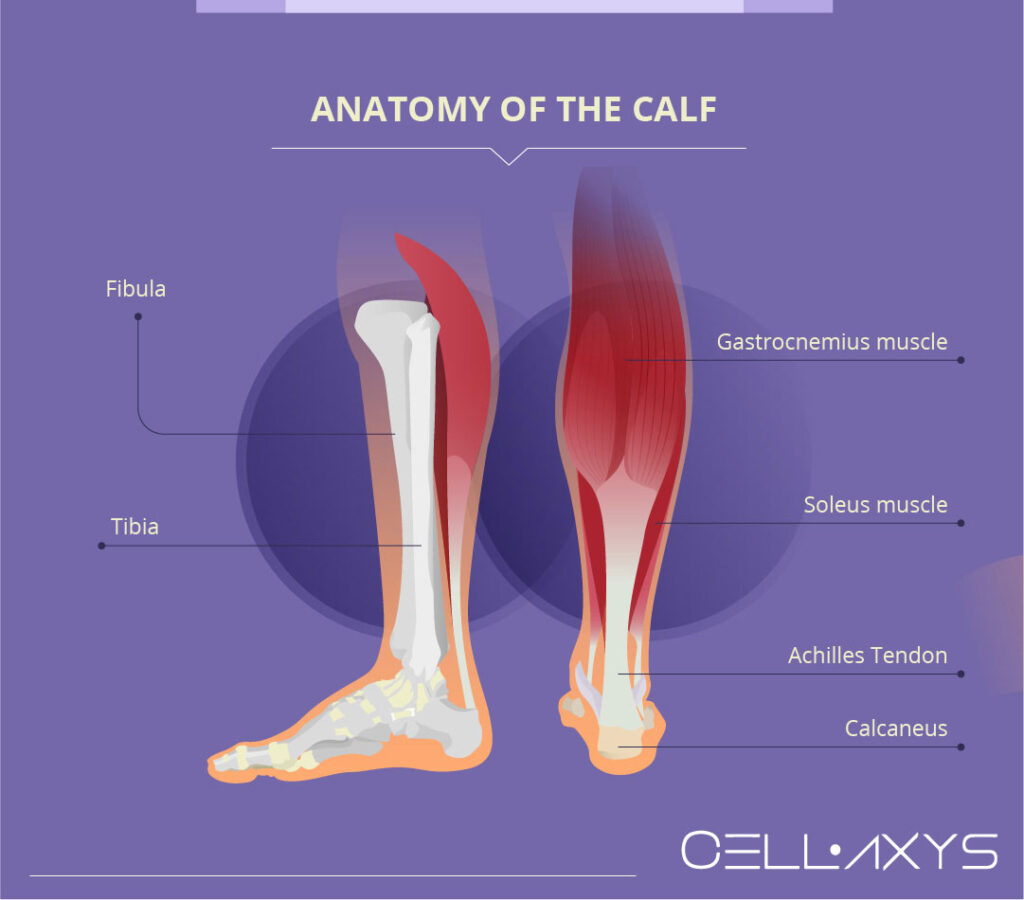
Tips to prevent Calf Muscle Strains from occurring
- Warm up properly before engaging in any physical activity. A good warm-up will increase blood flow to the muscles and help to prevent injury.
- Stretch the calf muscles prior to exercise. This will help to lengthen the muscles and reduce the risk of strain.
- Wear proper shoes that support the feet and ankles. This will help to avoid overpronation, which can put unnecessary strain on the calf muscles.
- Strengthen the calf muscles with exercises such as heel raises. This will help to make the muscles more resilient to injury.
Cross train with other activities such as swimming or biking. This will help to reduce the amount of stress placed on the calf muscles.
Listen to your body and rest when you are feeling fatigued. Over-training can lead to muscle strain so it is important to listen to your body and take breaks when needed.
- See a doctor if you experience any sudden pain in the calf muscles that does not go away with rest or stretching. A calf strain can be a serious injury so it is important to seek medical attention if you think you may have strained your muscle.
Following these tips can help to prevent a calf strain from occurring. However, if you do experience an injury, it is important to seek medical attention and rest the muscle to allow it to heal properly.
Recovery tips for when you have a calf strain
Following are a few tips that can help you recover from an injured calf:
1. Rest:
One of the most important things you can do when you have a calf strain is to rest. Avoid any activity that puts stress on your calves, such as running or jumping.
2. Ice:
Applying ice to the affected area can help reduce calf pain and swelling. Wrap an ice pack in a towel and apply it to your calf for 15-20 minutes at a time, several times a day.
3. Compression:
Wearing an elastic compression bandage can also help reduce swelling. Be sure not to wrap it too tightly, as this could cause additional pain or numbness in your foot or toes.
4. Elevation:
Keeping your affected leg elevated can help reduce swelling. Try to prop your leg up on a pillow or stool when you are sitting or lying down.
5. Staking anti-inflammatory medication:
Over-the-counter medications such as ibuprofen or naproxen can help reduce pain and inflammation.
If you have severe pain or swelling, you should see a doctor. You may also need to wear a splint or cast to immobilize your leg while it heals.
Physical therapy may also be recommended to help stretch and strengthen the muscles in your calf. With proper treatment, most people recover from calf muscle injuries within 4-6 weeks.
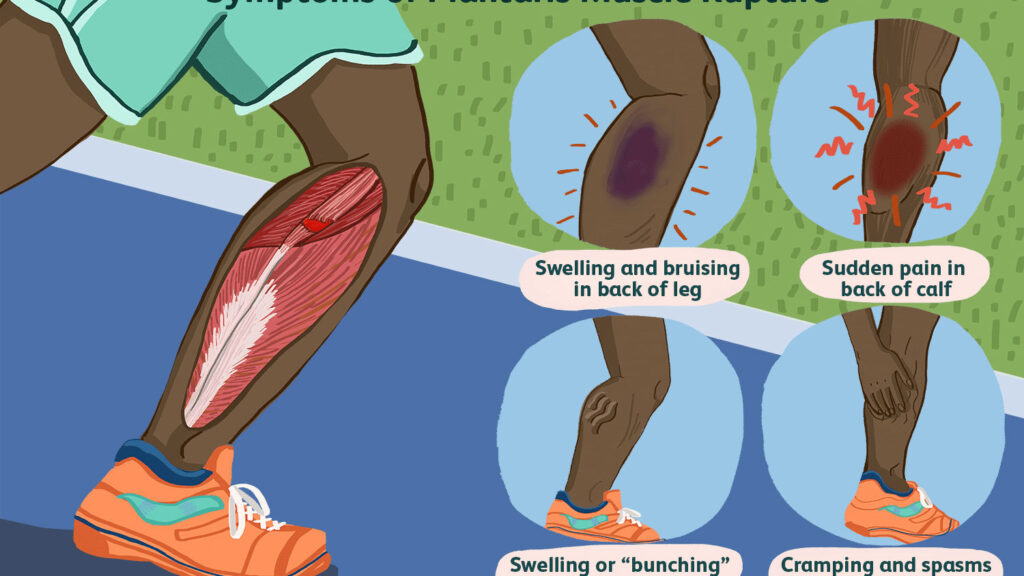
Exercises that can help improve your calf strength and flexibility
Following are some exercises that can help improve the strength and flexibility of your calves:
1. Heel raises:
This exercise is great for improving the overall strength of your calves. To do this exercise, stand with your feet hip-width apart and raise up onto your toes. Hold the position for a few seconds before lowering back down. Repeat this 10-15 times.
2. Calf stretches:
There are a variety of calf stretches that you can do to improve flexibility. A simple stretch involves standing with your feet hip-width apart and placing one hand on a wall or other support. Bend your knees and lean forward until you feel a stretch in your calves. Hold the stretch for 30 seconds before repeating on the other side.
3. Achilles tendon stretches:
The Achilles tendon is located at the back of the calf and can become tight with overuse. To stretch this area, stand with your feet hip-width apart and place one hand on a wall or other support. Step forward with your opposite leg, keeping your heel on the ground. Lean forward until you feel a stretch in the back of your calf. Hold for 30 seconds before repeating on the other side.
4. Foam rolling:
Foam rolling is a type of self-massage that can help to loosen tight muscles. To foam roll your calves, place a foam roller under your lower legs and roll back and forth slowly. Apply as much pressure on the calf or gastrocnemius muscle as you can tolerate without pain.
5. Massage:
Getting a massage can also help to loosen a tight soleus muscle. A professional massage therapist can provide deep tissue massage to release knots and tension in the muscle fibers.
Doing these exercises regularly can help to improve your calf strength and flexibility, which may help to prevent injuries.
Be sure to listen to your body and stop if you experience any pain.
If you have a history of calf injuries, it is best to consult with a doctor or physical therapist before starting any new exercise program.
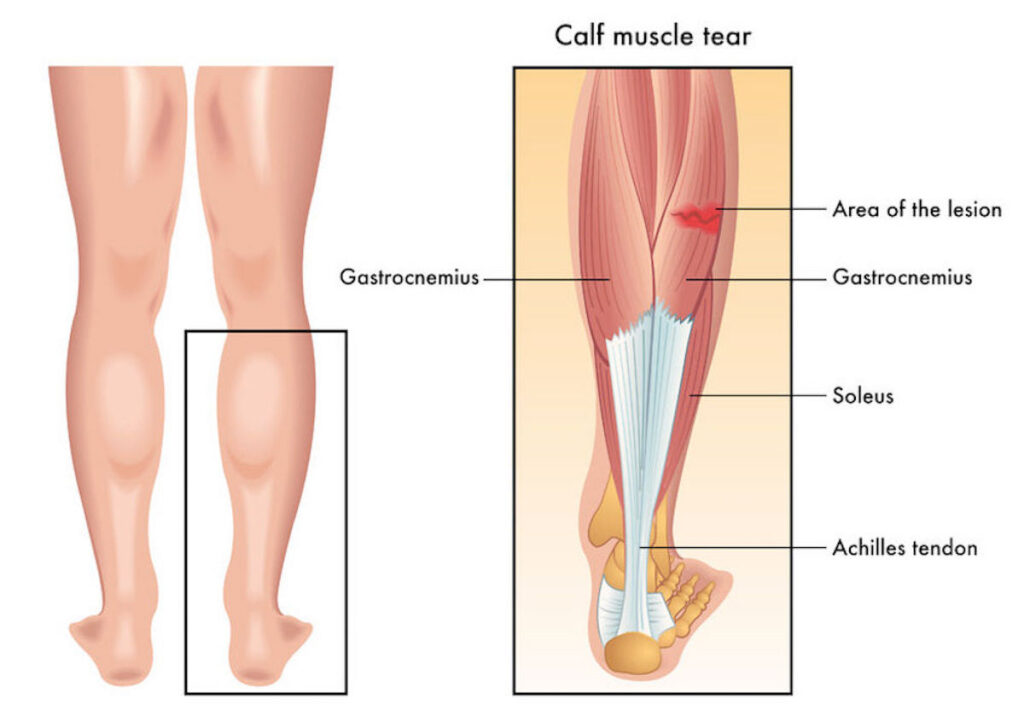
Have you been injured at some point in your journey?
Are you not achieving your highest level of function?
We’ve helped hundreds of people at all walks in life
get back to performing their best painfree!
3 Ways to Level Up Your Rehab and Injury Prevention With Us





